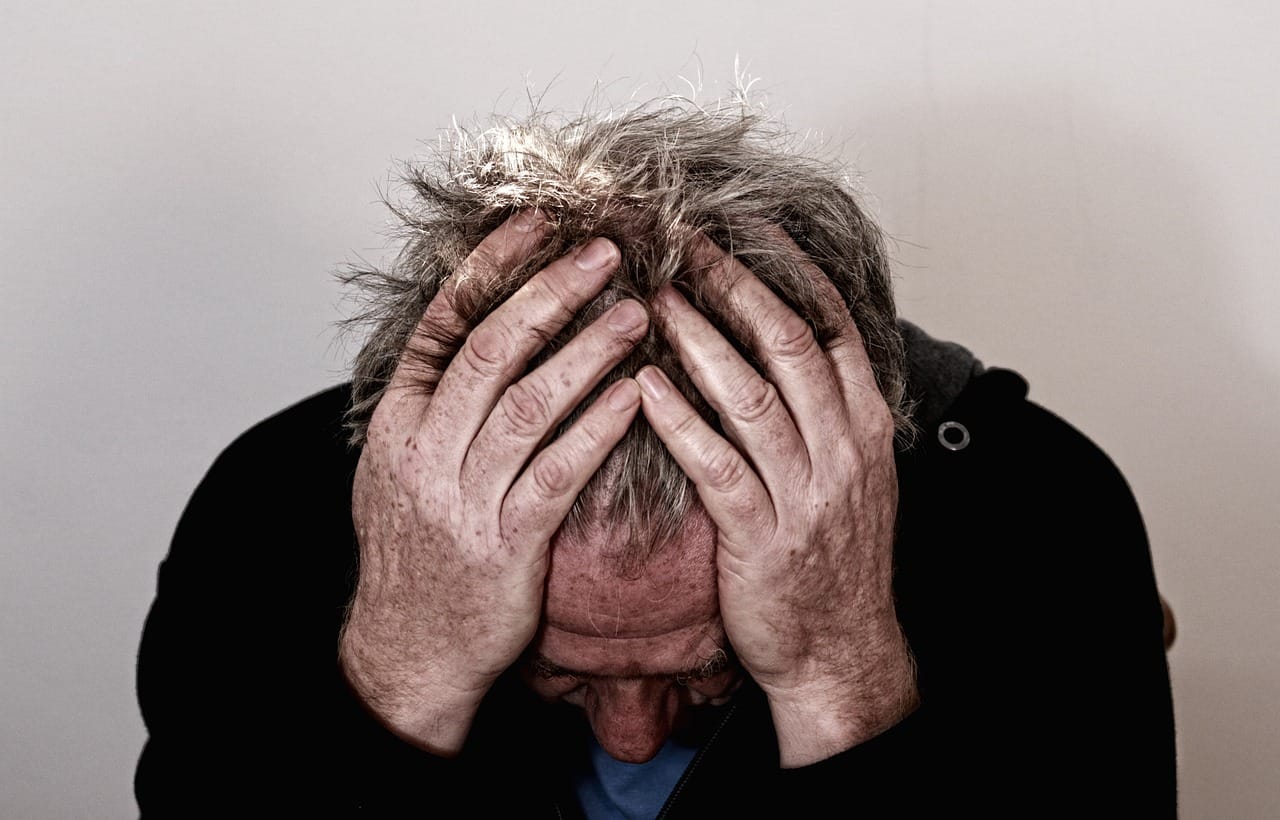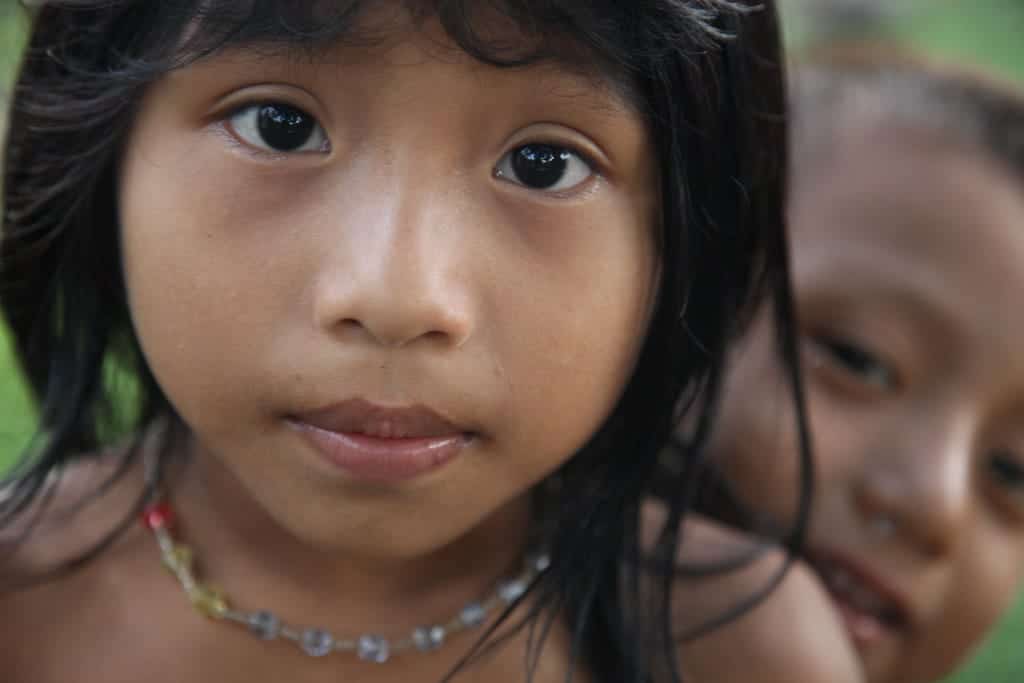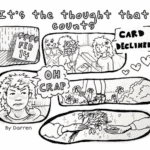On January 17, 2023, Brito de Jesus (17) and Samuel Cristiano de Amor (25) were brutally shot by a gunman on a motorcycle as they walked back to their farmland. Both were young, dedicated leaders of the Pataxó indigenous group in Brazil.
On the night of May 22, 2023, Libia Quiguanás (45) and Telésforo Ipia went missing from their home in Colombia’s Jambaló region. Two days later, the couple—members of the Paez indigenous group—were found dead along the Jambaló riverbank.
These tragedies are not isolated incidents.
Across the globe, peaceful Indigenous land defenders are targeted with violence by government forces and armed groups. Since 2012, over 2,000 land and environmental defenders have been murdered worldwide, according to Global Witness—a figure that excludes many who simply disappear.
For generations, Indigenous communities have inhabited their lands, surviving colonisation and living sustainably in harmony with nature. Before globalisation, many lived in remote jungles or mountains—growing native crops, fishing, and hunting—a way of life still preserved in places like the Andes Mountains and the Amazon Basin, which is home to over 70 different Indigenous ethnic groups.
But today, the most dangerous threat is not starvation—it’s the theft and destruction of their land.
Around the world, corporations and illegal industries—from mining to coca production—are seizing Indigenous territories to maximise profits. In Colombia, rivers that once sustained communities are now poisoned with mercury, a by-product of gold mining, and diverted from villages, says linguistic researcher Jonathan Bonilla.
Those who stand up—like Brito and Samuel—often pay with their lives.
In 2023, Colombia became the deadliest country on Earth for land protectors, accounting for 40% of the world’s cases. Latin America overall saw 85% of global killings. Nearly half of Colombia’s murdered defenders were Indigenous or Afro-Colombian—groups that form a small percentage of the population but bear the brunt of extractive violence.
The link is clear: most assassinations are tied to mining and extractive industries, followed by fishing, logging, and hydropower.
This isn’t just a human rights crisis—it’s a climate one too.
If these killings continue, half of the world’s 7,000 languages could vanish within a century. That would mean losing generations of knowledge, especially about sustainable living—the kind of knowledge the world needs now more than ever.
Consider this: aspirin, one of the most widely used painkillers, was developed from salicin, found in willow bark—a natural remedy used by Native Americans for centuries.
In a future threatened by unclean water, air pollution, biodiversity collapse, and food insecurity, one thing is clear:
Protecting Indigenous lives is essential to protecting the planet.









